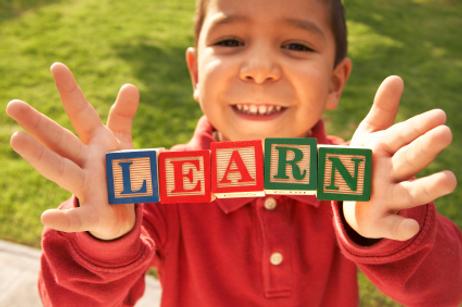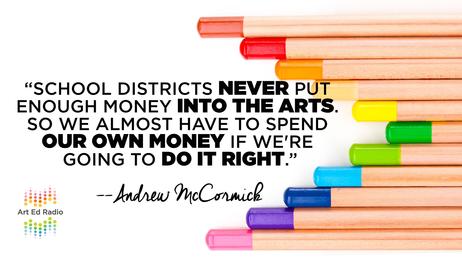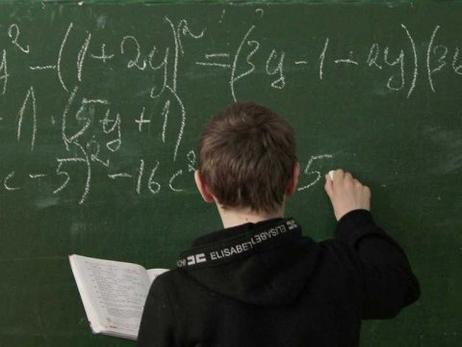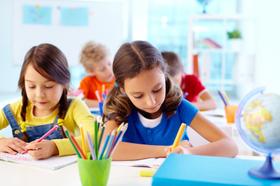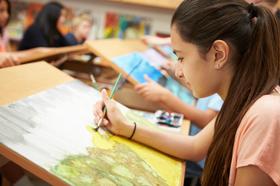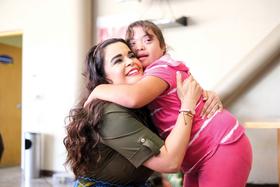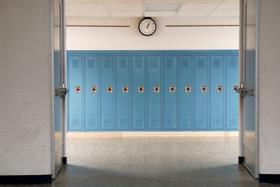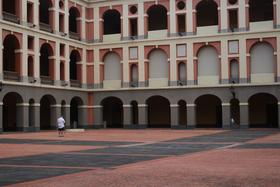While many public school classrooms have traditionally taught all children using the same lessons and techniques, recent studies show that a child鈥檚 unique learning style should also be taken into consideration. Considering that each child has his or her own learning style, public schools are now experimenting with programs to accommodate the individual needs of every student, gifted, normal, or special.
The Various Styles of Learning
According to , a program devoted to helping each learner understand more about his or her own unique cognitive processes, there is no 鈥渞ight鈥� or 鈥渨rong鈥� way to engage in an optimal pattern or routine of learning. As each individual has his or her own intellectual strengths, educators and parents should utilize a child鈥檚 strengths in order to teach him or her to succeed.
The various styles of learning are typically referred to as 鈥渕ultiple intelligences.鈥� Although a very recent and often debated theory, many educators and public school leaders are slowly recognizing the potential benefits of incorporating the multiple intelligences approach. As many experts support, by allowing students to recognize and understand their own unique methods of learning, teachers can more appropriately use a variety of techniques to adapt lessons for a range of individuals. Additionally, understanding and accepting the various types of learning most often helps to improve the speed and quality of each child鈥檚 comprehension and learning. Currently, there are seven identified basic modes/styles of learning:
- Visual 鈥� Visual learners prefer learning with


